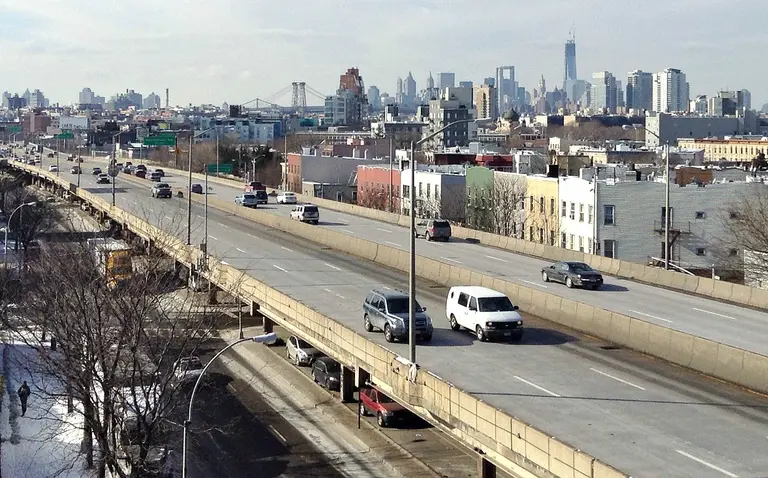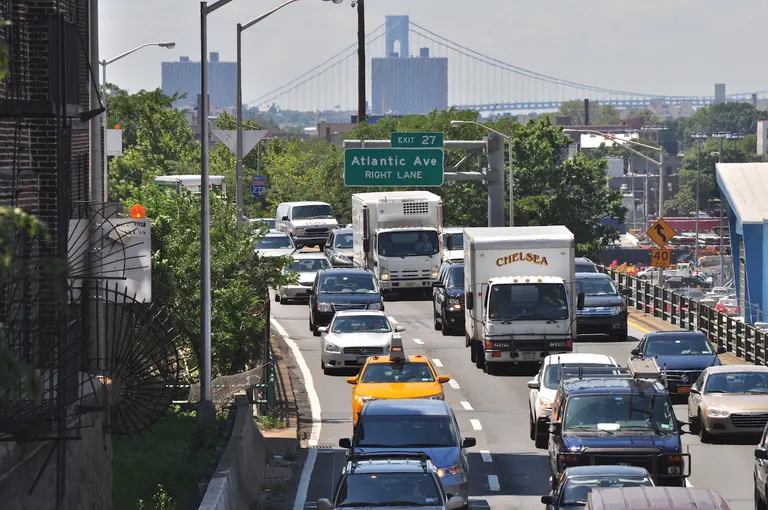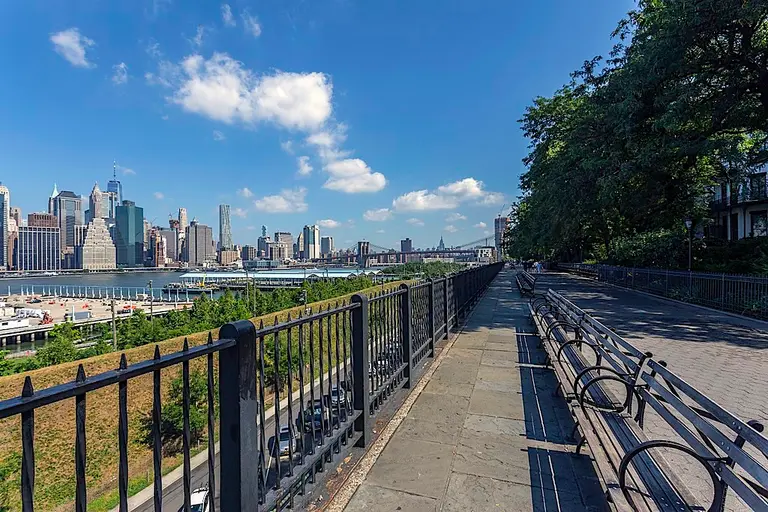May 12, 2015
If you have even the slightest interest in architecture, urban planning, and NYC history, you know Robert Moses. Unforgettably profiled as the "Power Broker" by Robert Caro, Moses was the "master builder" of mid-20th century New York and its environs. He was a larger-than-life character who had very set ways of approaching urban design. He advocated for highways over public transportation (he built 13 expressways through NYC), dense housing towers over low-scale neighborhoods, and communities segregated by race and class over organic, mixed-demographic areas. Of course, there are plenty of much-loved aspects of the city that also came from Moses–Jones Beach, the United Nations, and ten public swimming pools like the one in McCarren Park.
Regardless of your feelings on Robert Moses, though, we can all agree that the city would not be the same without him. But a lot has changed since he lost his post as director of the Triborough Bridge and Tunnel Authority in the mid 1960s and even more so since he passed away in 1981. So we can't help but wonder what he would think of our fair city in 2015. To have a little fun, we planned a present-day tour for the ghost of Robert Moses.
See where we'd take the Power Broker here





